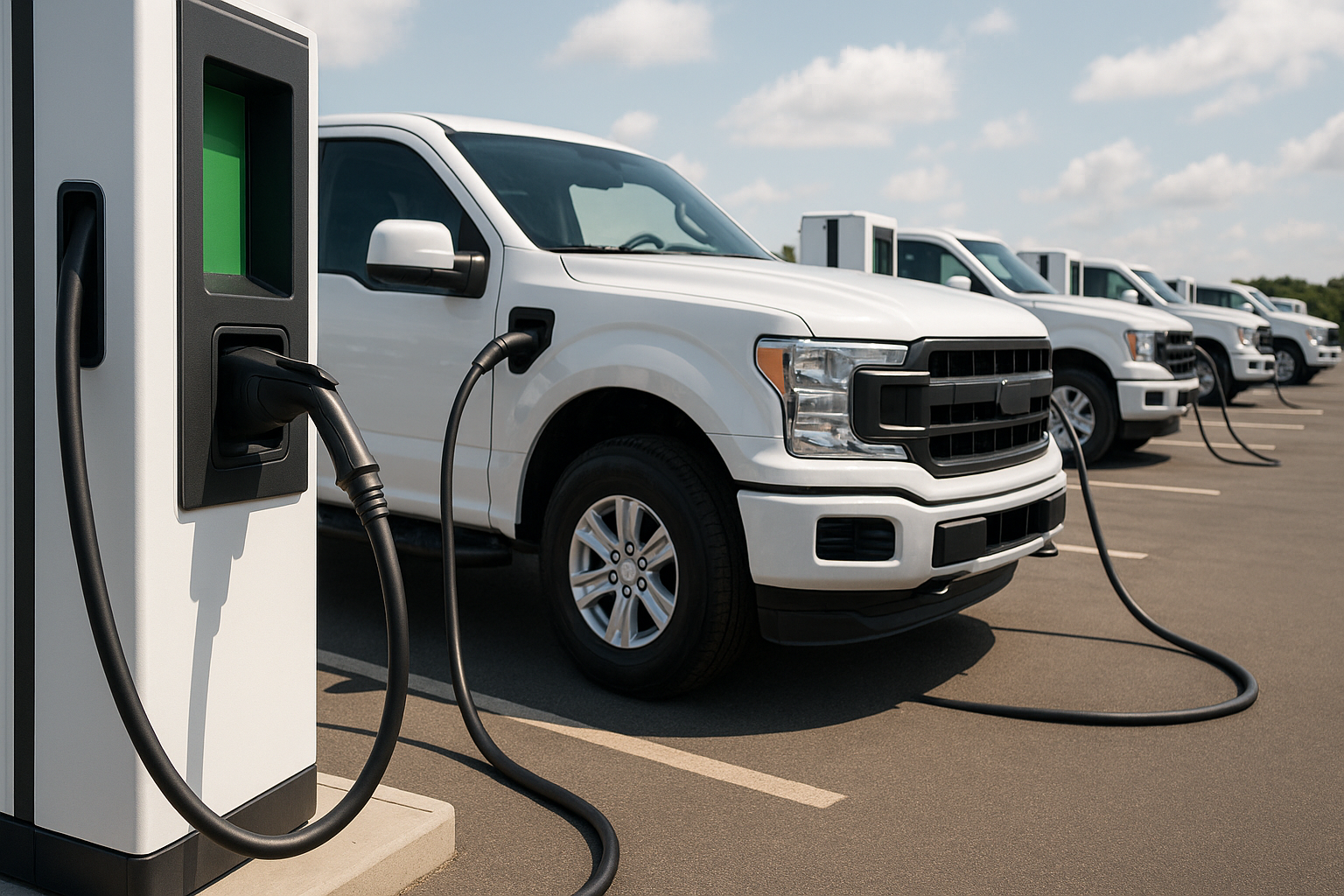A new API endpoint to set Session Targets
%2520(2).svg)
From keeping your EV fleet fully charged and ready to managing prepaid charging sessions, find out more about our new Session Targets feature on the eDRV platform.
At eDRV, our APIs are aimed at getting your business to grow at scale. Which is why our APIs now provide EV charging operators the ability to smartly start and stop charging sessions as it best fits their business needs. Now EV charging operators can “fire away and forget” on the eDRV platform using our new Session Targets feature.
Find out more about how to set Session Targets here
eDRV’s Session Targets allows you to automate when charging starts and stops in your network. As your network grows, this will be essential in controlling the energy flow as well as the costs you might incur. Session Targets has a number of use cases and operators can craft their sessions along the following targets:
- Energy - Deliver a targeted amount of energy in a session
- Time - Manage how long a session lasts
- Money - Set a ceiling for session costs
- Energy Start/Stop Time - control when energy delivery begins and ends via delayed charging
- State of Charge - the amount of charge that an EV has at a given moment.
What’s more, operators can customize their schedules using a combination of targets to allow for complete control over their sessions. For example, businesses can start a charging session at 9 pm in the evening or have the charging session terminate when the EV has received 30kWh of power.
Let’s check out a few use cases where our new feature can come in handy.
Charged and in charge of delivery fleets
When staying on top of your EV delivery fleet, it’s easy to be in control of their energy levels by setting appropriate energy targets. Round trip deliveries can be intelligently scheduled with Session Targets by setting limits on how much power an EV is charged up to before it automatically cuts off. A standard EV with a 60 kWh battery will need just over 26 kWh of power on a daily basis and this can be timed in as part of the target.
Smarter Scheduling
EV charging network operators can also keep charge points clear and available by using time targets. By using specific Time Targets, it’s easy to switch on and switch off charging sessions down to the closest minute. The default session time is 12 hours but Session Targets allows businesses to encourage charge point availability and actively discourage drivers from remaining connected once charged.
Limit charging to a designated cost
Session Targets are also really useful when servicing prepaid customers as targets can be set by pre-paid limits. For example, drivers that already have pre-paid limits of $20 on their account can plug in their EV and return in the peace of mind that they’ve been charged up to the right amount.
Switch energy flows on and off. Well ahead of time
As energy costs vary during the day, businesses can anticipate these costs into their charging schedules. With a large fleet of EVs, charging them at non-peak hours will be essential to keep costs to a minimum.
This is why eDRV also allows for Energy Start and Stop Time as a target. This allows EV charging operators the option of non-peak hour charging (like overnight charging) that starts only when assigned a time period. This means that if a fleet vehicle is returned and connected at the end of the day, it can then be permitted to access power at low cost hours at a later time (between 12am and 6am for example). What’s more, these hours can be changed in real time to account for fluctuating energy costs.
Setting State of Charge as the Target
An EV’s State of Charge (SOC) now acts as the fuel gauge did for gas-powered vehicles. With our Sessions Targets feature, network operators using DC charge stations can now use an EV’s SOC as a precise target to hit while charging. For example, the eDRV platform can be customized to stop a charging session when an EV has hit 80% as its SOC. This can be ideal for fleet operators looking to maximize the time their vehicles on the road.


.png)

.jpg)


